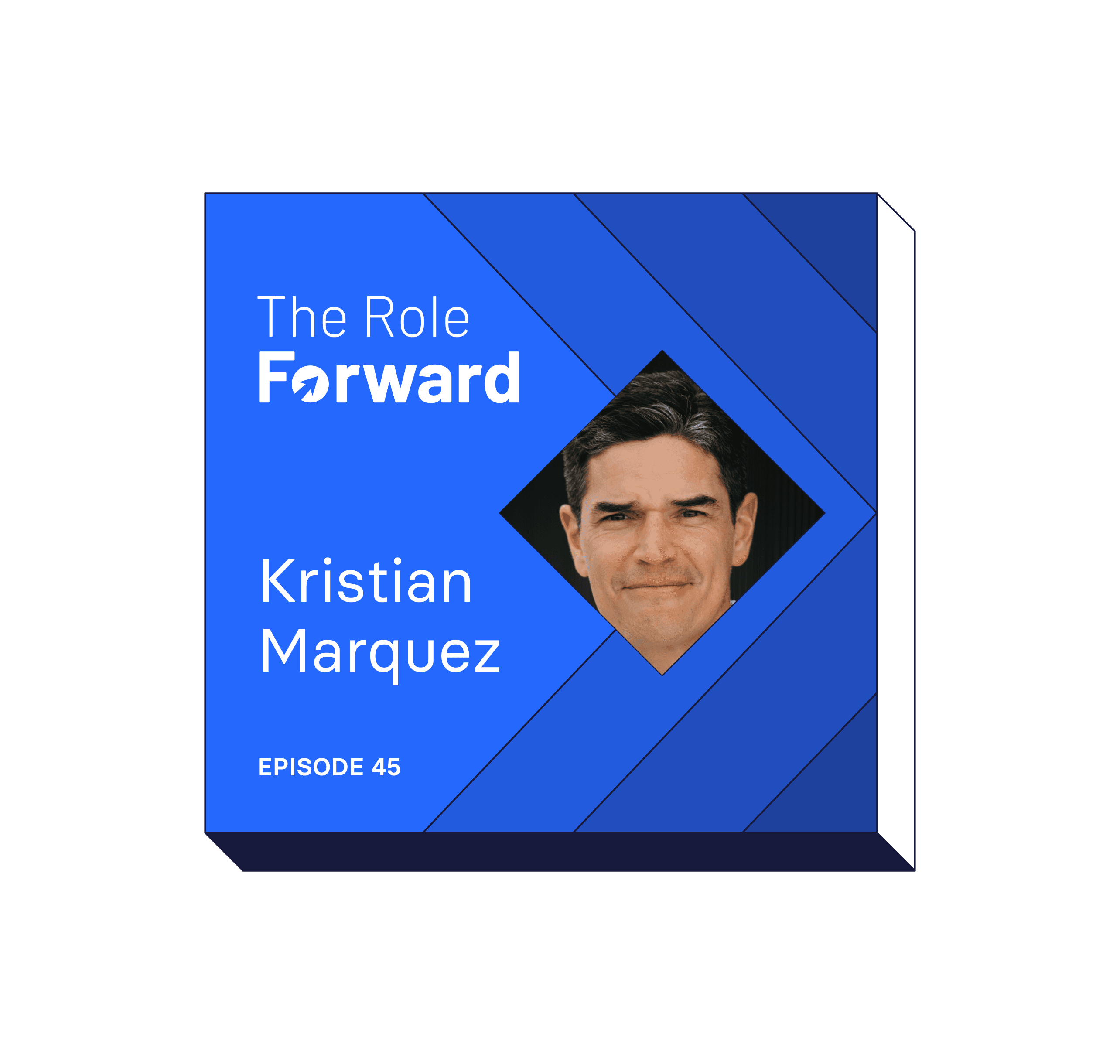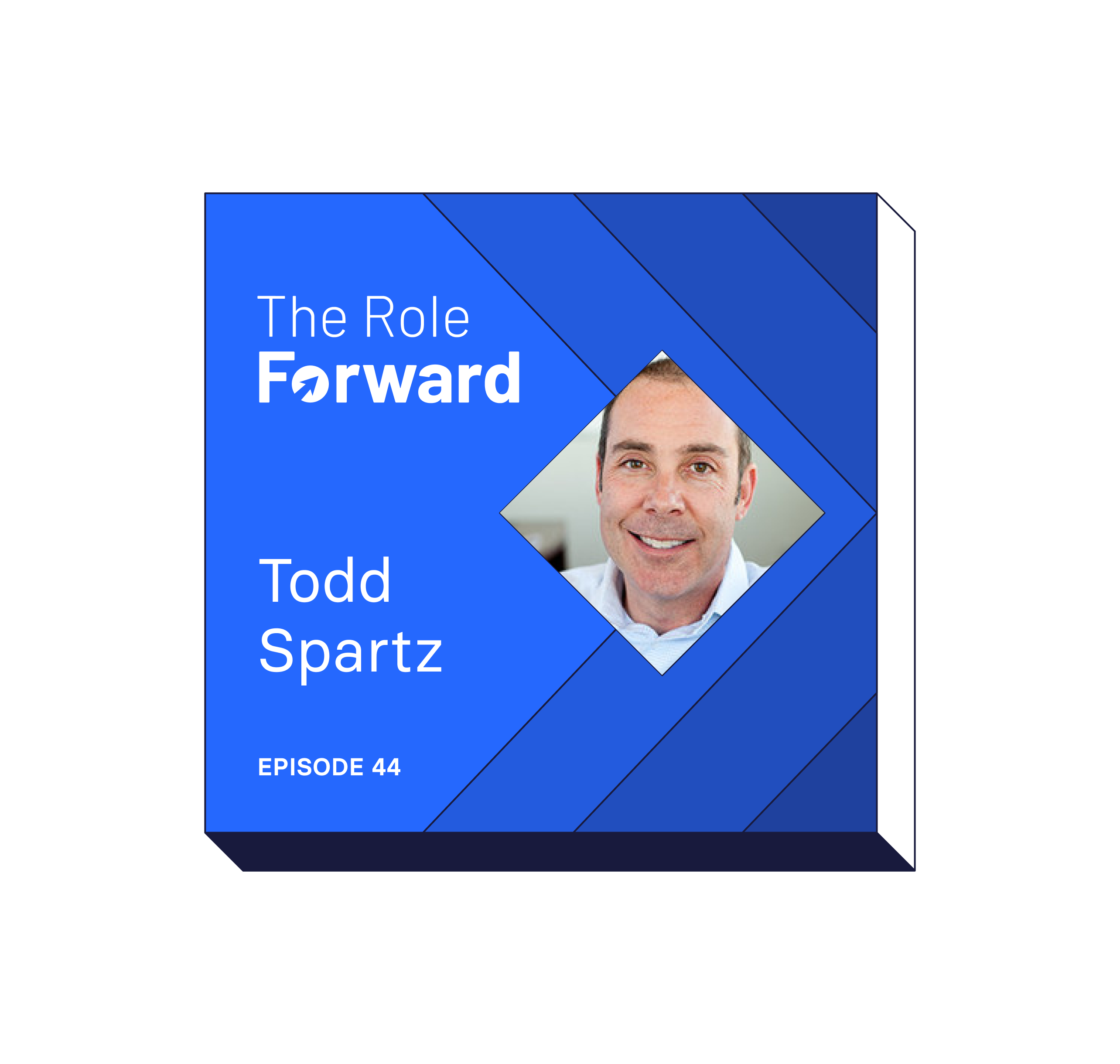Kalor Lewis on SaaS Pricing Strategy
Kalor Lewis, VP of Finance at Fivetran, dives into SaaS pricing strategies and how to go about choosing the best pricing model for your org.
Episode Summary
In the cloud data space, people almost exclusively charge on the basis of data volume. Many companies switch to a consumption-based model to align their pricing with the value their customers are getting. But moving from a subscription-based to a consumption-based pricing model comes with many challenges.
Despite the industry they are operating in, when it comes to pricing, a responsible business must ensure a seamless customer experience, a certain level of predictability, and transparency.
In this episode of The Role Forward, we get to hear from Kalor Lewis, Vice President of Finance at Fivetran. Kalor and our host, Joe Garafalo, discuss why Fivetran moved to a consumption-based pricing model, the challenges and advantages of such a model, and the tools and processes they used to implement it.
Watch the Full Video
- Unpredictability is the main challenge when switching to usage-based pricing — for you and your customers.
- Take an iterative approach to SaaS pricing. There are many nuances to the selection and your first iteration probably won't cover them all.
- Collaboration between finance, engineering, and product teams is vital to a smooth, transparent update to pricing strategy.
Episode Highlights from Kalor Lewis
2:35 — Moving from Subscription-Based Pricing to a Consumption-Based Model
”The number one reason for making the switch was our old pricing, and for context, we were on subscription pricing. We charge a fixed fee annually per connector. But that pricing was not aligned with the value that our customers were getting.
We move data, and we thought that measuring the volume of data that we’re moving would be a much better measure of the utility our customers are getting.
[In] our space, the cloud data infrastructure space, whether it’s competitors or partners or tools, people charge on data volume almost exclusively. And so it just puts us much better in line with the market.”
5:00 — A Finance Team Should Have a Say in Pricing and Packaging
”I think it’s really important for finance to have a seat at the table. There are so many different factors that our pricing affects — from our go-to-market sales motion to all of our financial modeling and the success of the business.
But, at the same time, just because it’s dollars and cents doesn’t mean that the other perspectives are not important. You have to consider the customer’s perspective. Even the product team has a big say in this; they’re building the infrastructure.
Ultimately for us, we wanted to make sure that the new model was going to make sense.”
5:55 — The Importance of Determining the End Goal
”We went into this [with our] eyes wide open. We believed there was going to be a net positive to our revenue. But it wasn’t going to be without bumps in the road.
Some customers are going to get smaller, some are going to get larger, and it was really important for the finance team to have a great understanding of that because it affected our planning and our numbers for quite a while.”
8:15 — Infrastructure Required to Move to Consumption-Based Pricing
”There were many things. Our billing system needed to change. Our Salesforce and CPQ implementation got a major overhaul. Our products and engineering teams have been very involved and actually measure the consumption.
So there’s a whole new element that you bring in with the product infrastructure, and we’re now a much more self-serve oriented business than we used to be.”


